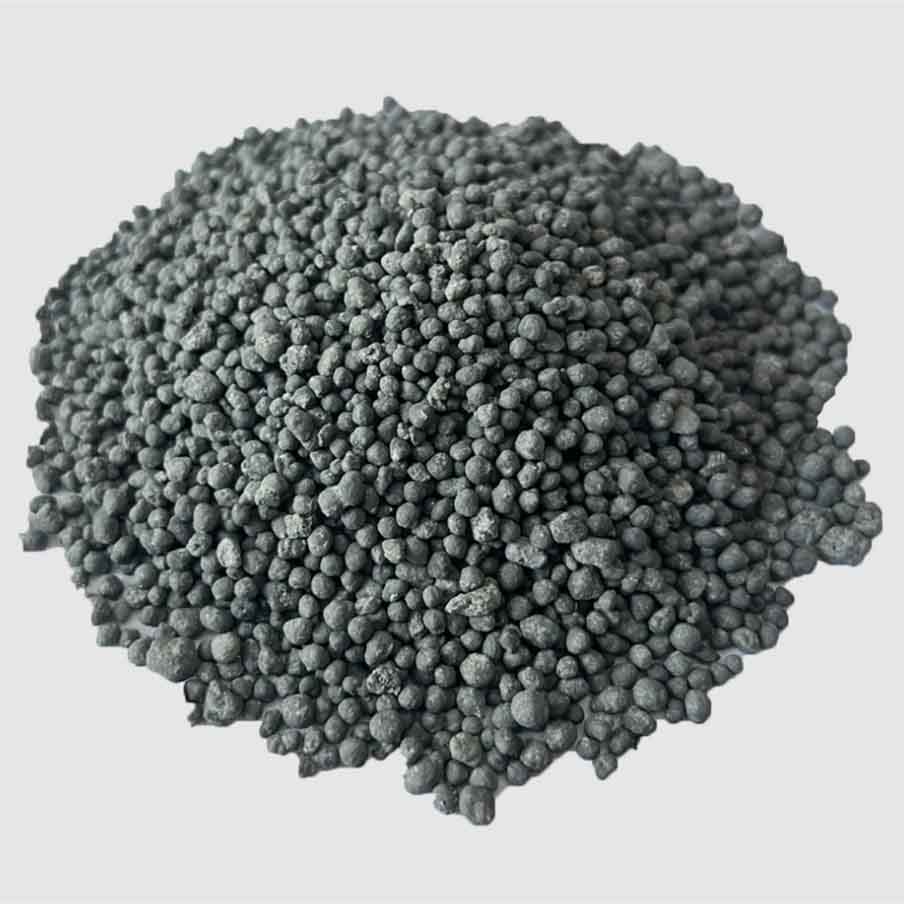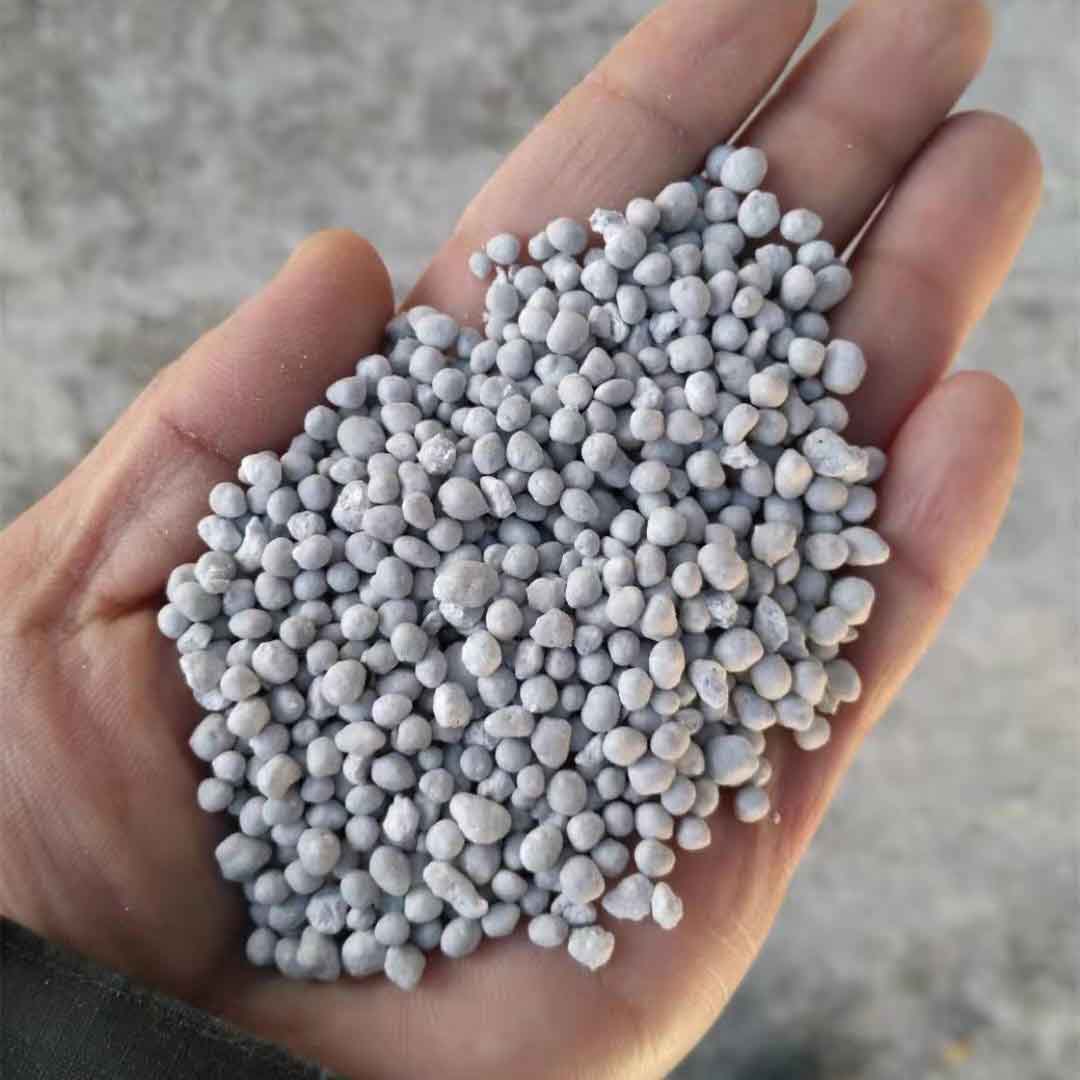
Oct . 24, 2025 11:15 Back to list
10 10 10 fertilizer organic – Balanced NPK, fast results
The real-world guide to 10-10-10 organic fertilizer: specs, sourcing, and field notes
If you’ve ever stood in a farm co-op aisle arguing with yourself about what’s “balanced” vs “actually useful,” you’re not alone. I’ve tested more blends than I care to admit, and the phrase 10 10 10 Fertilizer Organic keeps coming up. It’s a neat promise: equal parts nitrogen, phosphorus, and potassium, but crafted from organic or organic-leaning inputs. Sounds simple—until you look at sourcing, granulation quality, and lab data.
Let’s start with the P question. Many conventional 10-10-10s lean on mineral phosphates like SSP (single superphosphate) or TSP (triple superphosphate). For strict organic programs, that’s a no-go; you’d typically sub in bone meal or reactive rock phosphate. Still, in blended markets, suppliers that make SSP/TSP often manufacture the base granules and do custom organic blends next door. I’ve seen it in Hebei, in the Shijiazhuang cluster specifically, where phosphate tech is mature.

How an organic-leaning 10-10-10 is usually built
Materials (typical): feather meal or non-GMO soybean meal for N; bone meal or rock phosphate (where allowed) for P; sulfate of potash (low-chloride) or kelp ash for K; with humic acids and molasses-based binders. Methods: controlled homogenization, pan or drum granulation, low-temp drying to protect organics, screening to 2–4 mm, and anti-caking coating. Testing: AOAC/AAPFCO nutrient assays, ICP-OES for heavy metals, crush strength, caking, and sieve analysis. Shelf life: ≈24 months sealed; real-world use may vary with humidity.
Product tech specs (typical organic 10-10-10 granular blend)
| Total N | 10% ±0.5 (organic sources) |
| Available P2O5 | 10% ±0.5 (bone meal/rock phosphate where permitted) |
| Soluble K2O | 10% ±0.5 (SOP preferred) |
| Organic matter | ≥40% (≈) |
| Granule size | 2–4 mm, ≥90% pass |
| Moisture | ≤3% |
| Release window | 6–8 weeks (soil temp dependent) |
| Heavy metals | Meets EU 2019/1009 and AAPFCO guidance |

Where it’s used (and what growers report)
- Vegetables and berries: steady early growth without leaf burn (many customers say the color holds better).
- Turfgrass: even feed with fewer surge-growth cycles; good for sports turf renovations.
- Orchards: pre-bloom to size fruit—watch K in high-Brix programs.
- Greenhouse: yes, but I prefer finer granulation or solubles.
Case snapshots: (1) Coastal vegetable farm, loam soil—10 10 10 Fertilizer Organic at 350 kg/ha boosted marketable yield ≈11.8% vs farm standard, with 9% lower nitrate runoff indicators (lysimeter data, n=4). (2) Municipal sports field—two passes at 35 g/m² reduced clippings mass by ~14% (steadier growth) and improved divot recovery time by 2.1 days. To be honest, results vary with soil biology and rainfall.
Vendor landscape and customization
Customization I’ve seen work: adding 0.2–0.5% B and 0.5–1% Zn, plus 3–6% humic/fulvic acids for CEC lift. For chloride-sensitive crops, insist on SOP (not MOP). On the phosphate side, some suppliers also produce SSP/TSP for conventional markets; one Hebei manufacturer lists TSP with P2O5 >40% (monocalcium phosphate monohydrate) and offers custom blends alongside their SSP Single Super Phosphate Fertilizer granular line from A-713, Zhengyang City Square, Chang’an District, Shijiazhuang, China.
| Vendor | Region | Certs (≈) | Customization | Lead time | Notes |
|---|---|---|---|---|---|
| Hebei phosphate manufacturer (SSP/TSP + blends) | China (Shijiazhuang) | ISO 9001; ISO/IEC 17025 lab partners | NPK ratios, micronutrients, humates | 15–25 days | Strong granulation control; ask about OMRI status per batch |
| North American organic blender | USA | OMRI-listed SKUs; AAPFCO compliant | Wide; SOP-only, micro packs | 7–14 days | Premium pricing; fast support |
| EU regenerative supplier | EU | EU 2019/1009; ISO 14001 | Compost-based, biochar add-ins | 10–20 days | Excellent traceability |

Standards, testing, and small print
Ask for: AOAC/AAPFCO nutrient assays; heavy metal screening vs EU 2019/1009; ISO/IEC 17025 lab certificates; and, if you require organic status, an OMRI listing letter matching the exact SKU. For blends that use mineral phosphates (SSP/TSP), remember they’re conventional; strict organic programs should specify bone meal/rock phosphate alternatives. I guess that’s the part that trips up most folks.
Bottom line: a good 10 10 10 Fertilizer Organic should spread evenly, feed steadily, and test clean. When in doubt, pilot on a quarter block and let the tissue tests talk.
References
-
Sustainable Growth with Organic Phosphate Fertilizer | Benefits & Innovations
NewsNov.24,2025
-
Organic Phosphorus and Potassium Fertilizer: Sustainable Soil Nutrition & Global Impact
NewsNov.24,2025
-
Organic Phosphorus Fertilizer: Sustainable Nutrient Solutions for Modern Agriculture
NewsNov.23,2025
-
Sustainable Growth with Organic Phosphorus Plant Fertilizer | HH Fertilizer
NewsNov.23,2025
-
Organic Plant Meal Fertilizer for Sustainable Agriculture – Benefits & Innovations
NewsNov.22,2025
-
Organic Plant Root Fertilizer – Sustainable Solutions for Healthy Soils & Stronger Plants
NewsNov.22,2025
